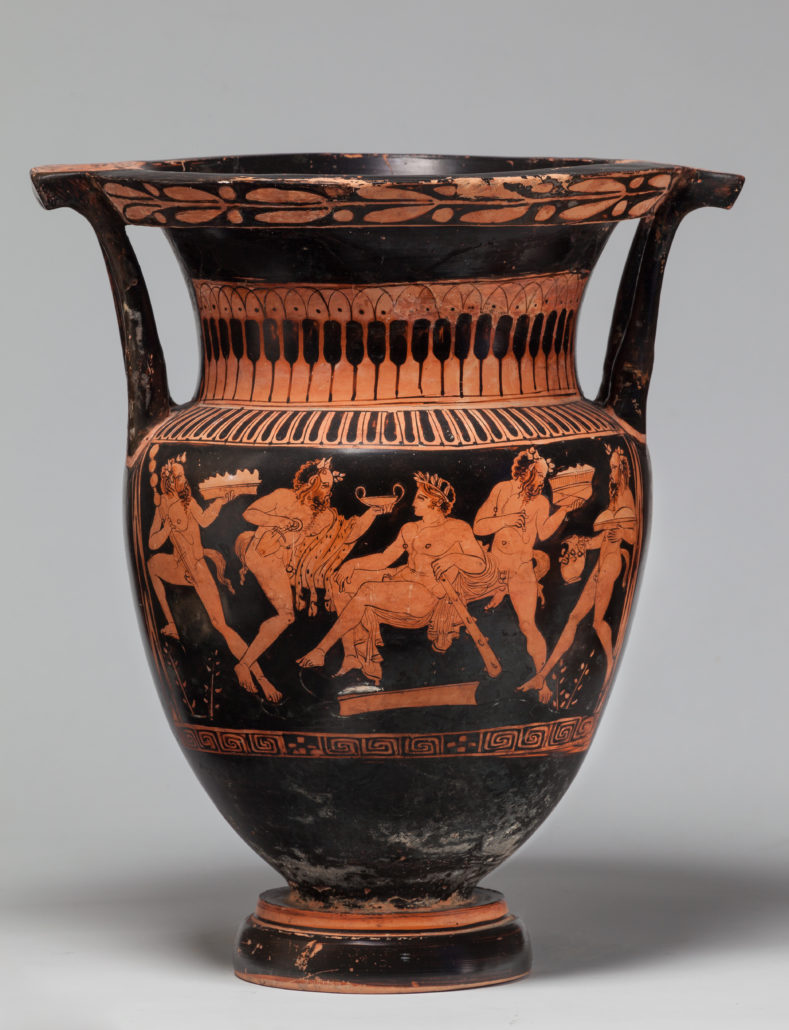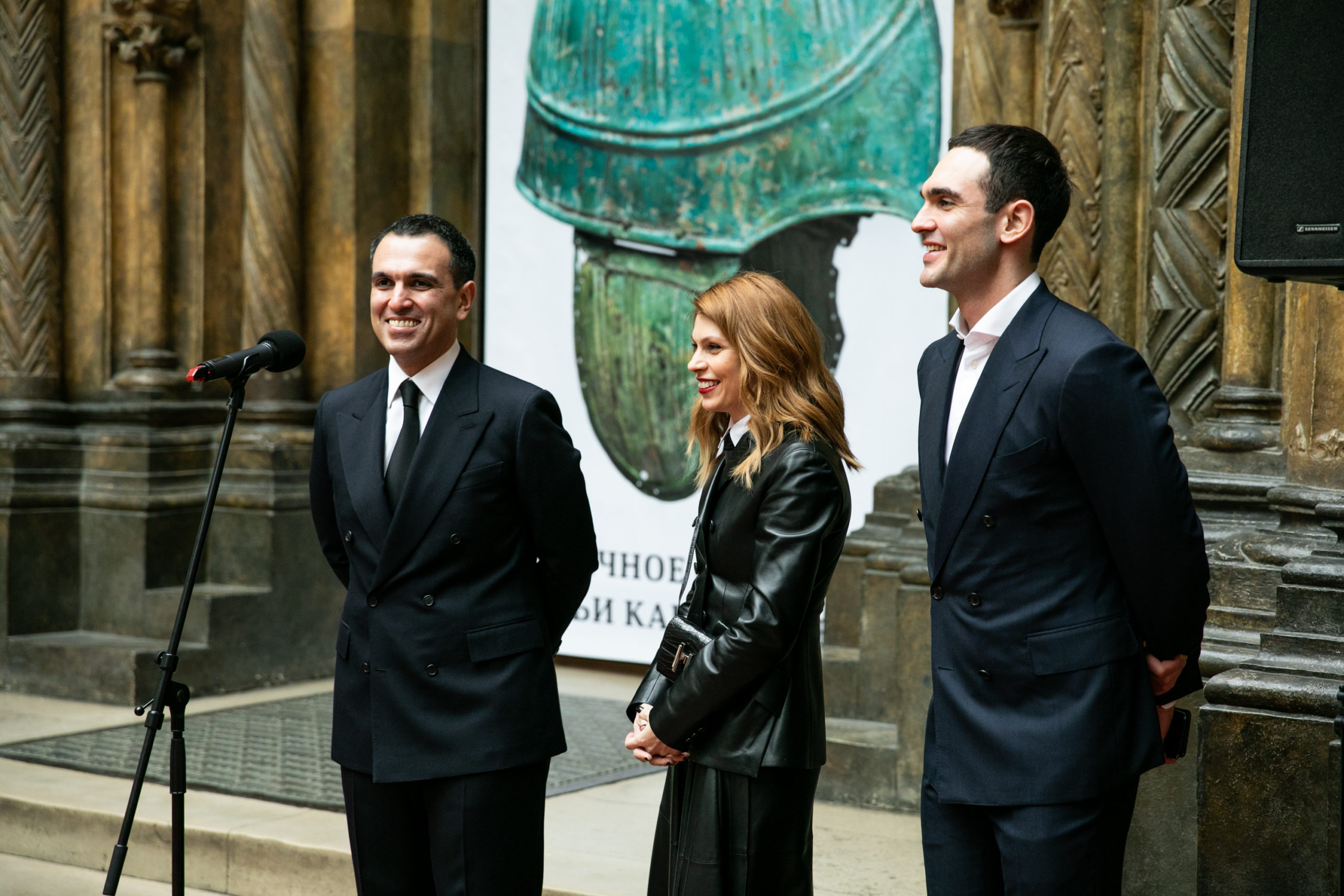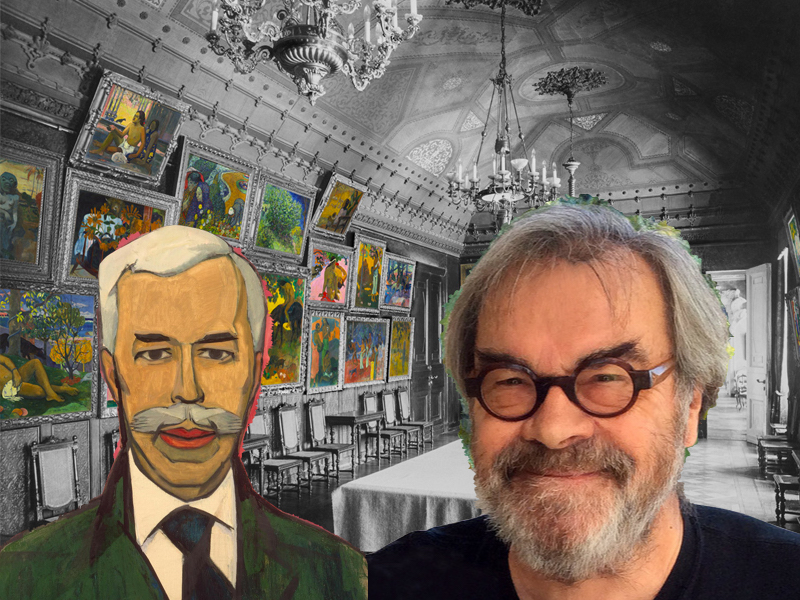What is interesting about the antique collection of Mikhail Karisalov?
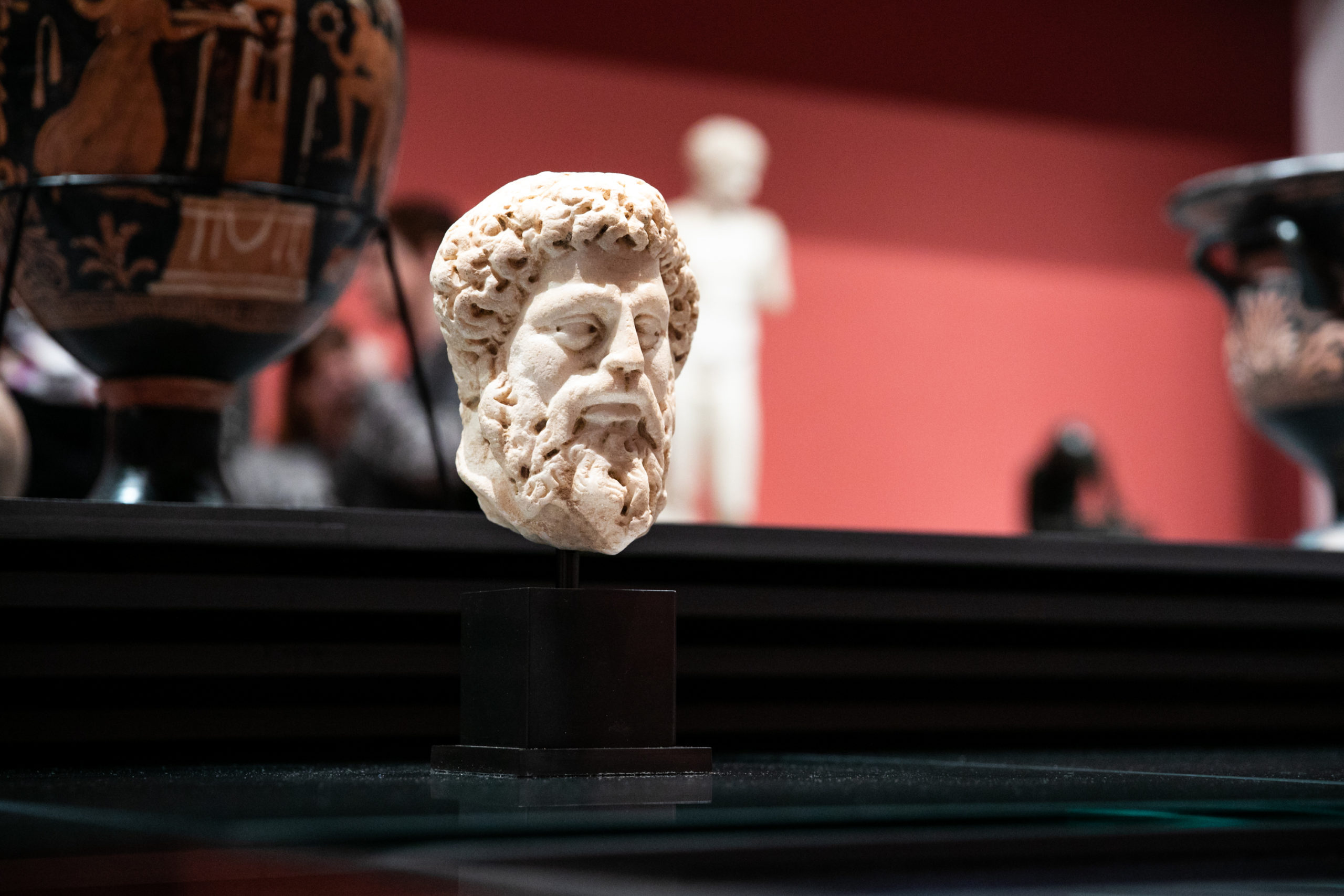
Entrepreneur, board member of PJSC SIBUR Holding and collector Mikhail Karisalov donated his antique collection to the Pushkin Museum named after. A. S. Pushkin, who is demonstrating it as part of the exhibition of the same name until May 12. Thanks to this gift, several new sections were formed in the museum. The museum became the owner of a fairly complete and representative collection of ancient helmets, previously represented only by single examples. Mikhail Karisalov and his family have been collecting antiquities for more than 30 years.
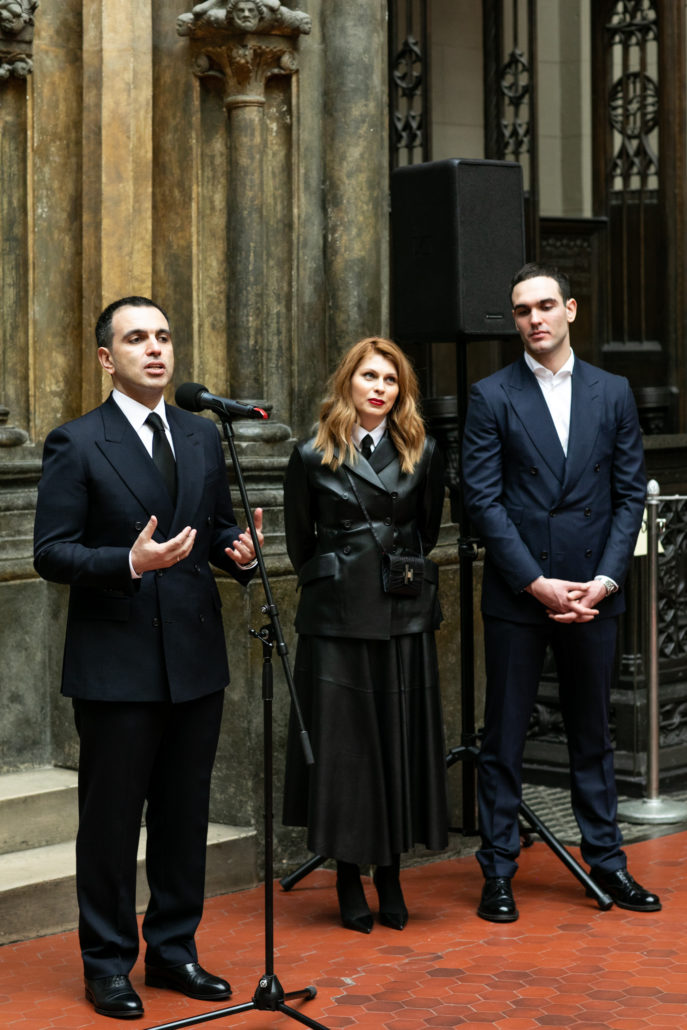
Facts about the collection about the collection of Mikhail Karisalov:
— Been going for over 30 years
— Includes 89 items
— Consists of painted ceramics, bronze rings and helmets, sculptures
— Covers the period from the 6th century. BC. up to 3 c. AD
— Demonstrates the influence of the culture and art of mainland Greece on the formation and development of local art schools in neighboring regions (including the Black Sea region and Italy).
Fine rings
The collection donated by Karisalov creates a new section in the museum dedicated to ancient bronze. Until now, only single examples of rings and helmets have been presented in the museum. Now another 70 rings have appeared in the collection, dating from V BC. e. to III centuries. n. e.
In ancient times, rings were a mandatory attribute of any adult. They replaced a seal to seal transactions and served as an amulet, so they depicted gods or bizarre creatures. The ring testified to the religious, social, military, and political affiliation of its first owner. Of course, the ring could become a collector's item due to the elegance of its work. Rings were made of gold, silver, bronze, and decorated with precious and semi-precious stones.
The Karisalovs' collection includes the most common rings of antiquity - bronze - cast or forged with an image on the bow or shield created by chasing, carving, engraving or stamping. They were made between the 6th and 5th centuries. BC e. until the 3rd century n. e. Among the images there are fantastic creatures, animals and birds, the sphinx, the goddess of fate Moira, Eros, a priestess, an actor, a horseman, Ptolemy II, Apollo, Hercules, Dionysus.
Helmets from the collection of Mikhail Karisalov
Metal helmets were a mandatory attribute of warriors, indicating their high social status or professional military affiliation. Science is not yet clear whether the tribes actually copied Greek weapons. Karisalov’s collection represents the entire path of stylistic and functional development of the ancient helmet: from Greece to the North Caucasus and the Kuban region. Not only tastes changed, but also military tactics. Unfortunately, the locations where the helmets were found are unknown; many of them show traces of later reconstruction.
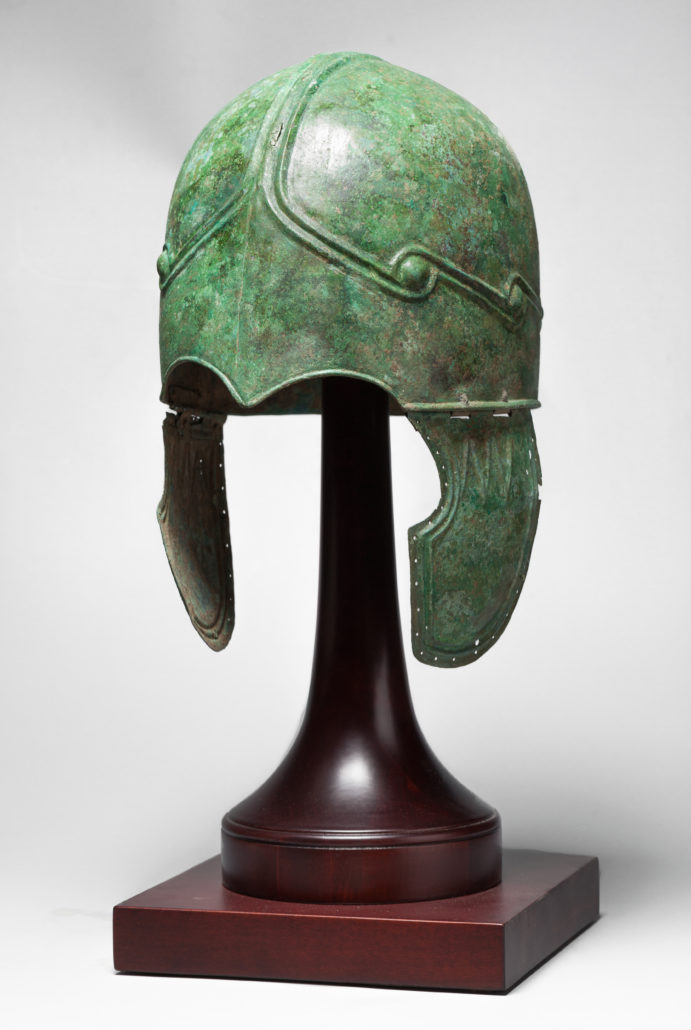
Sculptural portrait from the antique collection of Mikhail Karisalov
The sculptural portrait is represented by two objects. Female terracotta head of the 4th-3rd centuries. BC e. represents the very beginning of a sculptural portrait. In Etruscan rituals, such heads were presented to the deity in the hope of his mercy and favor. The images were, as a rule, generalized and typical, which was facilitated by the production technique: by imprinting from clay, from clay in series. The male head shows the typical features of a Roman sculptural portrait and dates back to the time of the fascination with Greek art, philosophy and rhetoric. The interpretation of the image of the person being portrayed reflects an interest in the model, her inner, spiritual life, despite a certain generalization of her features. The restraint, calmness and detachment from the outside world manifested in this monument reflect the best features of the sculptural portrait of antiquity.
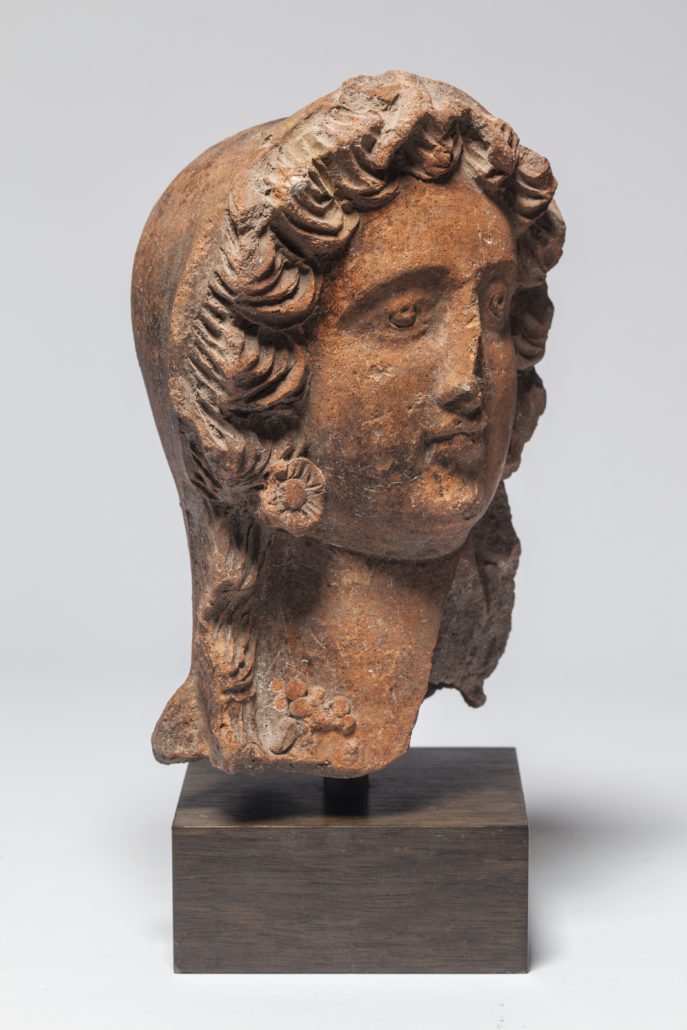
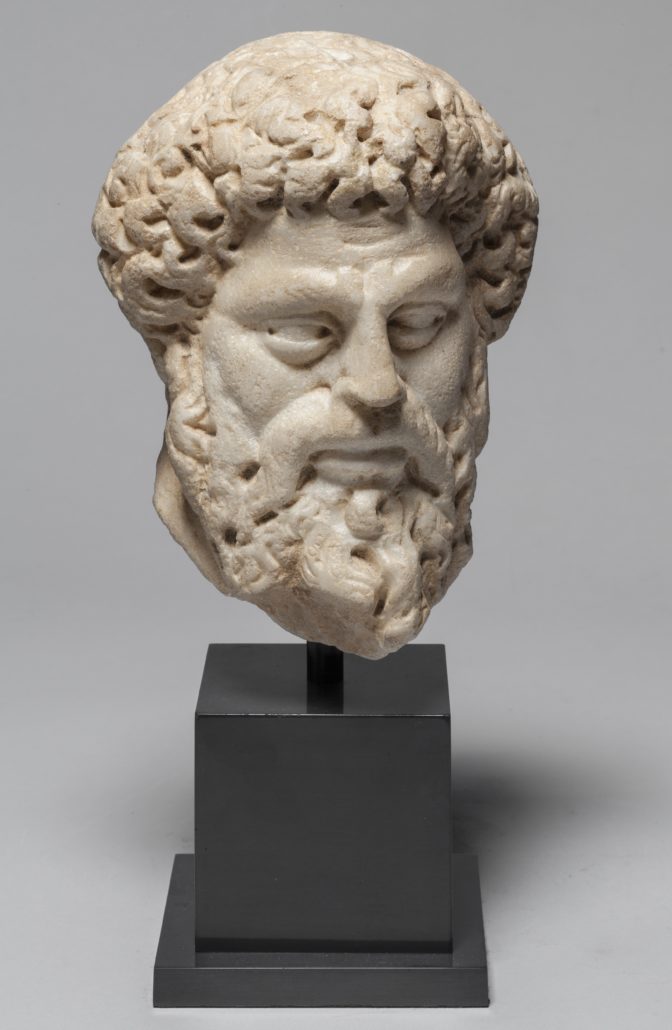
Ceramics from the antique collection of Mikhail Karisalov
Remarkable painted vases from Southern Italy, Etruria and Attica perfectly complement the museum's collection of black- and red-figure pottery. The collection consists of monuments from the 6th to the 2nd centuries. BC e. A red-figure crater with an atypical image of Hercules: from a hero performing a feat, he turned into a god promising life after death. In connection with the Peloponnesian Wars, his cult underwent changes. The hero, who was awarded immortality during his lifetime, personified faith in the afterlife. The authors of many vases are known to researchers.
